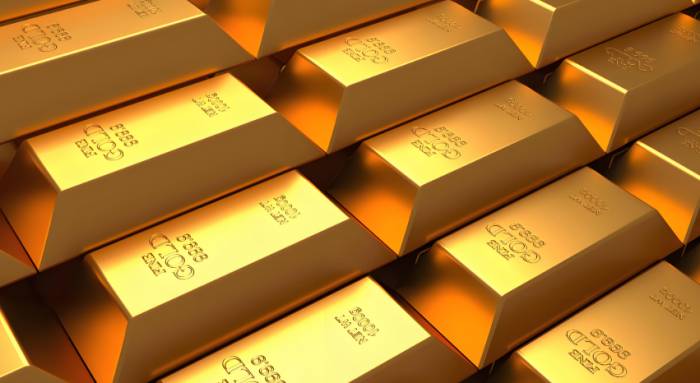Earlier this year, Aleš Michl, the governor of the Czech National Bank, made a remarkable visit to London. His purpose was not simply operational – he aimed to inspect a significant stockpile of gold bars stored in the vaults of the Bank of England. This move is emblematic of his ambition to elevate the nation’s gold reserves to 100 tons over the next three years. Such initiatives are not isolated; they resonate across Eastern Europe, where central banks in Poland, Serbia, and other countries have stepped up their acquisition of gold. This collective effort has led to increased demand, thereby pushing gold prices to new heights.
Michl's inspection was not merely a routine check but part of a broader strategy aimed at diversifying the Czech Republic's investment portfolio. Reports indicate that this strategy includes investments in U.S. equities. Despite some skepticism due to his timing in gold purchases during a market peak, central bank officials have defended the strategy, emphasizing the importance of long-term investments to mitigate the risks associated with short-term price fluctuations.
Since assuming office in 2022, Michl has managed to quintuple the country’s gold reserves. In the face of global economic unpredictability, he regards gold as a non-correlated asset class, acting as a buffer against volatility and providing financial security for the economy.
This inclination towards gold is not confined to the Czech Republic. Throughout Eastern Europe, policymakers share Michl's enthusiasm for gold as a safety net. By purchasing gold, these nations aim to spread investment risks and anticipate a bullish trend in gold prices. This sentiment has positioned Eastern Europe as a significant player in the global gold market, contributing to the overall increase in gold value.
For instance, Poland’s central bank governor, Adam Glapiński, is equally committed to boosting gold reserves, having increased them to approximately 420 tons with aspirations to raise the proportion of gold in overall reserves to 20%. He has publicly showcased their gold inventory, exclaiming it as “the property of all Poles,” further highlighting his dedication to gold as a crucial asset.
Other Eastern European nations, such as Serbia, are also actively pursuing gold reserves. Serbian President Aleksandar Vučić has initiated a campaign to repatriate gold held abroad, pledging to use any surplus from the national treasury for gold purchases to ensure the country's security in times of crisis. Since taking office, Serbian central bank governor Jorgovanka Tabaković has doubled the nation's gold reserves to 48 tons.
Several factors elevate the urgency in these nations’ investments in gold. One reason is the need for diversification in portfolios to reduce economic volatility. Another compelling motivator is the desire to counterbalance external shocks, which are increasingly perceived through the lens of heightened geopolitical tensions. Analysts from Goldman Sachs even predict that gold prices may trend upwards, potentially reaching $3,000 per ounce by December next year.

Furthermore, gold holds a significant historical context, particularly within Eastern Europe. For instance, Hungary’s central bank features a currency museum that displays a historical sculpture depicting the escape of central bank employees on a train laden with gold reserves from the Soviet Army at the end of World War II. Such poignant historical narratives foster a deeper appreciation for gold among Eastern European nations, reinforcing its status as a safe-haven asset.
In the context of these investments, Tabaković underscores that the accumulation of gold reserves has been closely monitored and guided by President Vučić. His strategic thinking and profound understanding of global geopolitics have lent substantial backing to the nation’s gold purchasing initiatives.
Tabaković noted in an email, “In the current context of global upheaval and frequent geopolitical conflicts, especially in light of rising inflation pressures, the value and significance of gold have become increasingly prominent. Unfortunately, both these challenges have intensified in recent years.”
To summarize, central banks across Eastern Europe are accelerating their gold purchases in response to global economic uncertainty and potential external shocks. This trend is driving up gold prices and reflects a growing consensus among Eastern European nations regarding the vital role of gold as a reserve and a hedge against economic instability.